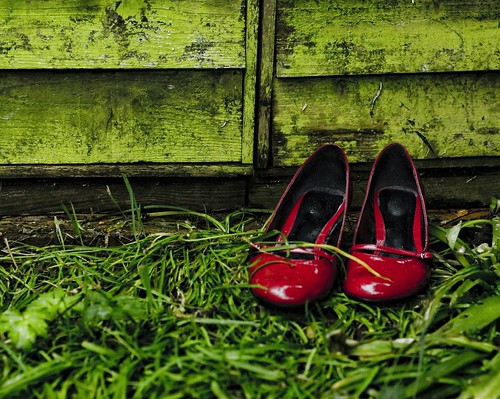Self-care prescription: wellness plan
A general down-in-the dumps feeling can be caused by a lot of different factors, from hormones, weather, relationship or and work stress, to even things like nutrition and gut balance. But starting with the moment that you feel so sad, angry and weak you don’t want to get outta bed, it’s hard to know what is the cause or how to start to feel better.
I started, as I do with many things, with measuring my moods using an app and creating a wellness plan. These ideas I learned from the Dialectical Behavior Therapy workbook. The book gives a number of exercises to work through to identify what triggers your negative emotions and behaviors so that you can make a plan for how to identify signs that things are going the wrong way. It also teaches various forms of mindfulness. These lessons have been incredibly effective for me – engaging in healthy habits that benefit my moods and physical wellbeing.
Essentially, we write down what makes us feel whole, healthy and sane. Then we create a wellness plan to seek more of it and to manage those inevitable bad triggers so that when they come up they don’t ruin our day.
What activities make me feel happy, lighter than usual, playful, passionate, or zoned-in?
These are things that help you to truly reset and feel like yourself. It could be certain scents, hobbies, being outdoors, being social, or anything that helps you feel this way.
What makes me smile ear-to-ear, gets me out of bed in the morning, and what I wish I could do more of?
What are the symptoms that I am feeling stressed, worn-out, disconnected or angry?
How do you know things are not going well? What are your physical and emotional symptoms that give you a warning sign that you are going to start breaking down? I bite my nails, my stomach aches, I feel tired throughout the day and reach for that extra cup of coffee or cookie.
What triggers me feeling anxious, angry, or out of control, or triggers my negative soothing behaviors?
Then we identify things that happen during life that are particularly upsetting. I get very frustrated when I get interrupted in meetings or get disrespected. I get frightened when I see someone is in an angry mood. When chores pile up like laundry or dishes and I can’t stop thinking about my to-do list, I get anxious. We work on action plans to address these upsetting situations.
What can I do every day to feel good?
Simple daily habits can help with your moods. Eating healthy, meditating, working out. Lunch with a friend, cuddling your children.
In order to keep track of my self-care, I have been using the app Pacifica, which I highly recommend. It’s free, and allows you to track habits and moods daily. You can also add journal entries and post images that inspire you. I have taken what I learned from the DBT workbook and incorporated this into daily tracking, a feeling bad “action plan” and also action plans to deal with specific upsetting situations. I also use Pacifica to track my monthly cycle and other things that impact my moods, as you can add custom “habits” to track daily. In a future post, I’ll talk about how to start reading your “hormone horoscope” to be forewarned about those super moody days.

